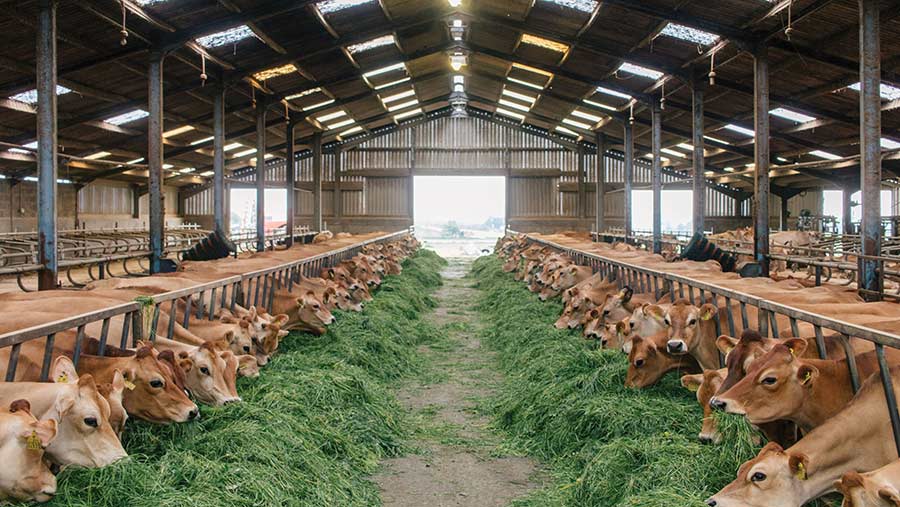News

Changes in Milking and Feeding Routines Can Reduce Heat Stress in Dairy Cows
Free ranging dairy cows are at high risk of developing heat stress under warm weather conditions, consequently increasing the chance of severe production and welfare problems. This is especially a threat where there is little or no shade in the grazing pastures. Lactating cows are prone to heat stress due to the increased internal heat production associated with milk production and rumination. To counteract the heat stress they seek shade, increase water intake, eat less and milk production declines.
Different management approaches studied
Research has demonstrated that by altering the management practices during the hot summer months can decrease the head load. This is particularly important in New Zealand where the dairy cattle management relies mainly on outdoor pasture-based systems. A recent study examined different management approaches and it was predicted that cows milked once-a-day (OAD) and cows milked and fed later in the day would have less responses to the heat.
Body temperature measured vaginally and the daily average calculated
Scientists from AgResearch, New Zealand and UC Davis, USA used Star-Oddi’s DST centi-T temperature loggers attached to a blank CIDR inserted vaginally. The loggers were set to measure body temperature every 10 minutes and one week in and one week out during the study period of 25 days. This rotation was done to prevent irritation. In total 60 lactating dairy cows were split into 3 groups of 20, which in turn were divided into 5 groups of 4 cows. The 15 groups were divided randomly into 5 different treatment groups, including a control group. Body temperature was analysed as the daily average, minimum, maximum and amplitude (maximum-minimum).
Insignificant overall effect of different management systems on body temperature
The overall effect of the different management approaches showed to have no influence on any body temperature measurements. However, the characteristic pattern of average body temperature throughout the day exhibited significant discrepancies among the treatment groups. Specifically, the dairy cows subjected to delayed milking demonstrated the most elevated peak in body temperature during the afternoon and evening. In contrast, the dairy cows that experienced both delayed milking and delayed feeding, along with those under the OAD milking, displayed the lowest body temperature levels during the afternoon and evening. 
Fig. 5 from the article shows the different daily patterns of body temperature between the different management systems.
Once-a-day milking routine effective against heat stress
Alteration in the milking and feeding schedules of dairy cows does have the potential to change the daily pattern of lying down and grazing. Adopting the OAD milking routine could potentially alleviate heat stress in dairy cattle, and with the delayed milking and feeding practices can reduce the heat stress in the afternoon.
Further results can be found in the article that was published in Applied Animal Behaviour Science and can be accessed here